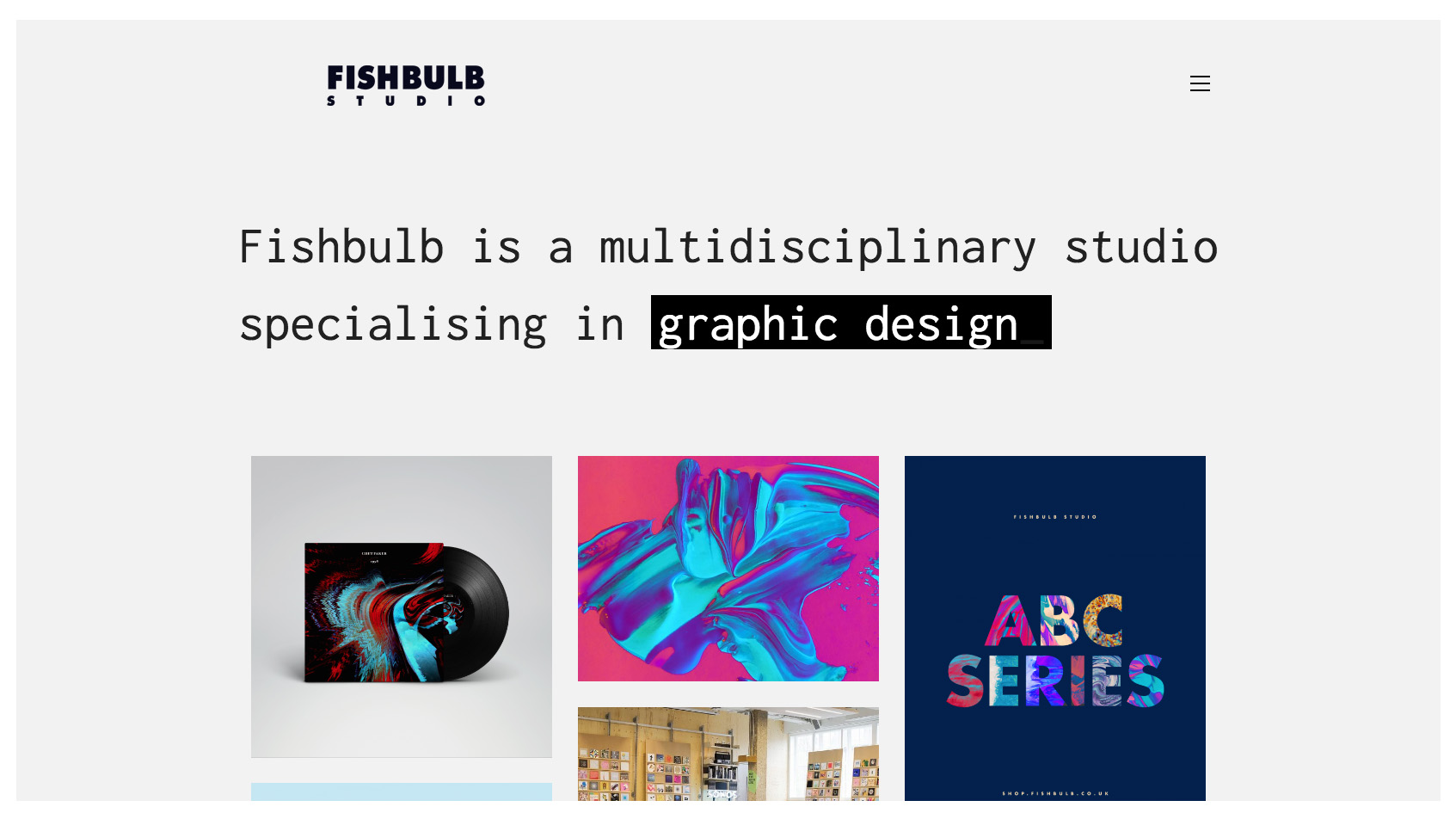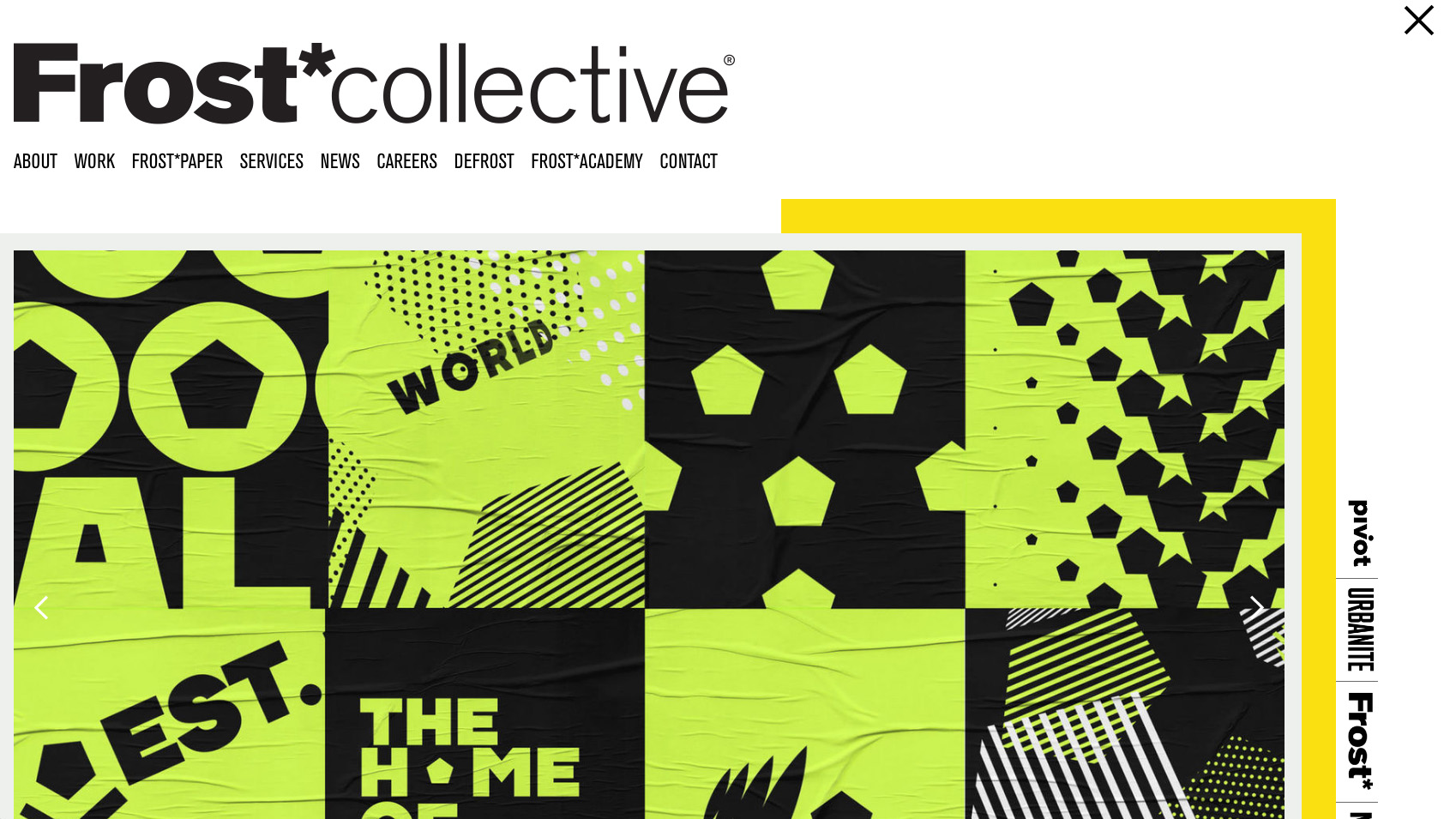5 design agencies that do things differently
How an agency works isn’t set in stone, as these examples show.
Does your agency work feel like running to stand still? Are the constant overheads, overruns and client conflicts bringing you down? Perhaps you need to take a step back and have a fundamental rethink of how your studio actually operates.
Is there anything you could do differently to cut bureaucracy, streamline processes and create a happier, healthier atmosphere for employees?
These five design agencies all do things a little differently. Perhaps they could inspire you to do the same...
01. A "freelance +” experience

Launched at the beginning of this year by Troy Wade, Dave Brown and David Bicknell, Brown&co announces on its homepage that “we're not just a new agency, we're a new kind of agency.” That’s because – as Wade explained in his Creative Bloq article The benefits of working remotely – it operates as a ‘virtual collective’, which means it has no head office, but collaborates with freelance talent from around the globe, all working remotely.
“From the perspective of the client, there are obviously the savings of not having to support huge agency overheads like fancy office space and other associated costs,” says Wade.
“Probably more important, however, is that our flexible workforce means we have a global pool of talent from which to find the perfect specialist for a client or job; we don’t simply have to make do with who is sitting idle in the studio or our own city.
“Because people are working more productively – like in ways that individually suit them, and in spaces each day that are more relevant or inspiring – the quality of output should be better too.”
Daily design news, reviews, how-tos and more, as picked by the editors.
He stresses that Brown&Co should not be thought of as just a freelance talent pool, but rather a full service agency that just happens to use freelance talent.
“For our creative partners, we aim to provide a ‘Freelance +’ experience – the best of working remotely, with many of the benefits of being employed. For instance, collaborators have full freedom to work how, when and where they wish, are able to see projects through from start to finish, grow long-term relationships with clients, and meet and work with other collaborators.”
Their aim, quite simply, is to attract and retain the best freelance talent in order to produce the best work for clients. “It’s about being physically healthy, being in healthy relationships, and getting the life clutter out of the way, so we can focus on doing the best work when we need to work. And new mothers can now continue having careers too.”
02. A virtual consultancy

Similar to Brown&Co, Offthetopofmyhead works as a virtual consultancy, but with one crucial difference: it’s run by just one person – founder and creative director John Spencer. “This way, I can work on my own if that’s what a project requires, or bring together specialists if it needs a structured team with a variety of skills,” he explains.
Aside from this flexibility, running a virtual consultancy benefits the quality of work too, he adds. “I bring in hand-picked specialists for each project so I’m not stuck with the same people day in, day out. We keep things fresh.”
Spencer gets most of his clients through referrals, so he makes a big effort to socialise and network. “I often speak at conferences too – I like a captive audience. I’m rarely asked to pitch for work and I never do free creative pitches because I have neither the resources nor the inclination.
“I think you dramatically improve your chances of winning clients by being approachable and friendly,” he adds. “Nobody wants to deal with an agency if they’re full of their own importance – and there are plenty of them around. Clients want to enjoy the experience and it’s up to us to make sure they do.”
03. Fewer layers of management

Ascender Studios is a New York web design and web development studio focused on delivering custom websites, apps, CMS and ecommerce solutions. Launched in January this year, it represents the coming-together of two long-time studios, Kindred Development and Bobira Studios, that had collaborated and complemented each other’s offerings for years.
Culturally they’re very different from most agencies in the field, says co-founder Mike Aldinger. “We have artists, musicians, gamers, dancers and craft beer experts among our designers and developers, who have different perspectives that help in the way we think,” he explains.
“We also frequently work for other agencies – as white labelled designers and developers – which is something most agencies don’t offer.”
All this means they can be “nimble, original and unique in our approach to servicing clients, and can offer deep expertise across a variety of verticals.”
Setting up as a new company has meant that “we can be extremely agile – tweaking our process, standards and products – without the burden of layers of management and approvals," he adds.
"We work so closely with our clients; we really know them and they get to experience first-hand our culture that is focused on creating the best product for the client, but while having fun. It's important to us to laugh.”
04. A studio in their house

After spending two and half years as a lead designer for a media and marketing firm in Manchester, Marc Gallanders was a little fed up. “I was working long hours for the same mediocre salary and was still doing freelance work in my spare time, which quickly eclipsed the work from my day job in terms of satisfaction, money and recognition,” he recalls.
His girlfriend Klaire Walmsley agreed that something had to change. “As we were both creatives and making the decision to live together initially, we knew we wanted a studio in our house,” she explains. “It was something we never really spoke about, it just sort of happened as our work was starting to cross over.”
So they launched Fishbulb Studio in February 2016, and it’s been uphill all the way. “Being a small team of two, we’ve worked with an array of collaborators and freelancers from various creative backgrounds, from animators to furniture makers,” says Gallanders.
“This allows us to operate as a large agency would, while working from our home studio. Converting our home into a studio means that we are able to work as and when we need to, so effectively we are able to operate 24 hours a day, seven days a week.”
And the work itself is more fulfilling too. “We combine traditional and analogue techniques, such as ebru and letterpress with new, modern styles and technologies to create a totally individual style,” explains Walmsley.
“A lot of our work for clients is made up of one-off paintings or old packaging, type and design references.”
05. A design collective

Based in Redfern, NSW, Australia, Frost*collective is a group of six companies all working together They are Pivot (creating “transformative strategies”), Urbanite (“memorable spatial branded experiences”), Frost* Design (“inspiring brands to life”), Nest (“simple. beautiful. useful. digital”), and Jack (“mindful packaging”).
In the standard agency model, these would be departments within a traditional hierarchy, but in Frost*collective, these six parts each act as “a leader in its own right”, explains CEO Vince Frost.
“Six individual and accountable business units create better clarity around the company’s specialist offerings, and deliver better results for clients,” he explains.
“Together we have an immensely powerful offering. Clients benefit through collaboration, creative ideation and service delivery. Having each individual unit separate allows each to take complete ownership of their specialty and build strong brands in their own right.”
And it’s not just the organisational chart that’s different, he stresses: there’s a whole different culture that’s geared towards “designing a better world”.
“A business should have one big idea, the simpler the better; at Pivot, it’s making strategies that transform human systems. In our disrupted age, doing strategy well needs to encompass more than on-the-fly SWOT analysis and budgetary in-fighting.
"It needs to build an inspiring case for change; to find ways to do more good than we often assume we can.”

Tom May is an award-winning journalist specialising in art, design, photography and technology. His latest book, The 50 Greatest Designers (Arcturus Publishing), was published this June. He's also author of Great TED Talks: Creativity (Pavilion Books). Tom was previously editor of Professional Photography magazine, associate editor at Creative Bloq, and deputy editor at net magazine.
